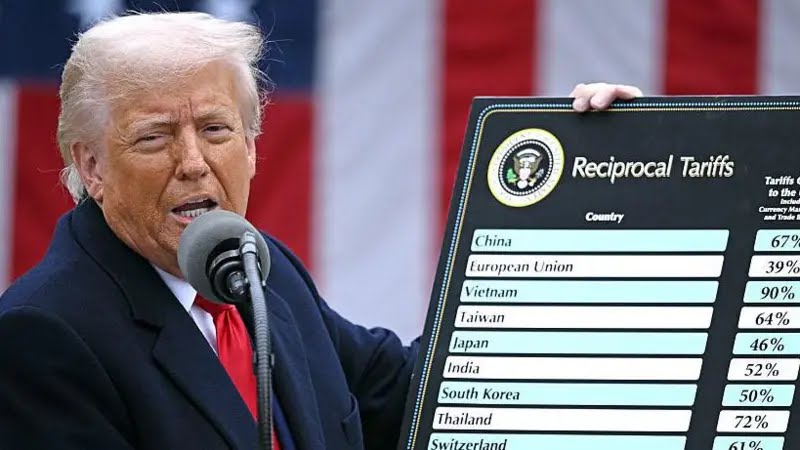Why US-India Tariff Deal is Crucial for Bilateral Trade?

An interim trade deal between India and the United States is highly likely to be finalized within the next 48 hours, as negotiations in Washington are in their final stages. This push is driven by the looming July 9 deadline, after which a 26% reciprocal tariff on Indian imports, temporarily suspended, is set to be reimposed.
The current pause on US tariffs, imposed by the Trump administration on April 2, will expire on July 9, automatically reinstating the 26% reciprocal tariffs if no agreement is reached. The ongoing 10% baseline tariff will remain.
US Demands include
greater market access for US agricultural and dairy sectors; opening of the Indian market to genetically modified (GM) crops; and reduced tariffs on products like corn, ethanol, soybeans, apples, and tree nuts.
India, on the other hand, has firmly maintained these as "red lines" due to concerns over rural livelihoods and food safety. The country's farming landscape is dominated by small-scale subsistence farmers, making concessions politically and economically challenging. India has historically not opened its dairy sector to foreign competition in any previous free trade agreement and remains unwilling to open its market to GM crops, citing risks to its farmers. Key Indian demands are meaningful tariff concessions on its labor-intensive exports, such as footwear, garments, and leather, which are major job creators.
New Delhi also insists that without broader tariff cuts, especially on high-employment goods, the goal of doubling bilateral trade to $500 billion by 2030 is unrealistic.
A successful deal would prevent the immediate reimplementation of the 26% reciprocal tariffs, which would significantly impact Indian exporters. The Federation of Indian Export Organisations (FIEO) estimates that once the interim deal is finalized, Indian exports to the US will double within the next three years.
The interim deal is seen as a crucial step towards a more comprehensive Bilateral Trade Agreement (BTA) and the ambitious target of increasing bilateral trade to $500 billion by 2030, up from the current $191 billion. If tariffs are reduced or eliminated, sectors like textiles, pharma, electronics, auto parts, and steel would directly benefit. Industries like garments, leather, and footwear, which face US tariffs typically between 8% and 20%, could see significant export upside.

 1 day, 15 hours ago
1 day, 15 hours ago





[[comment.comment_text]]